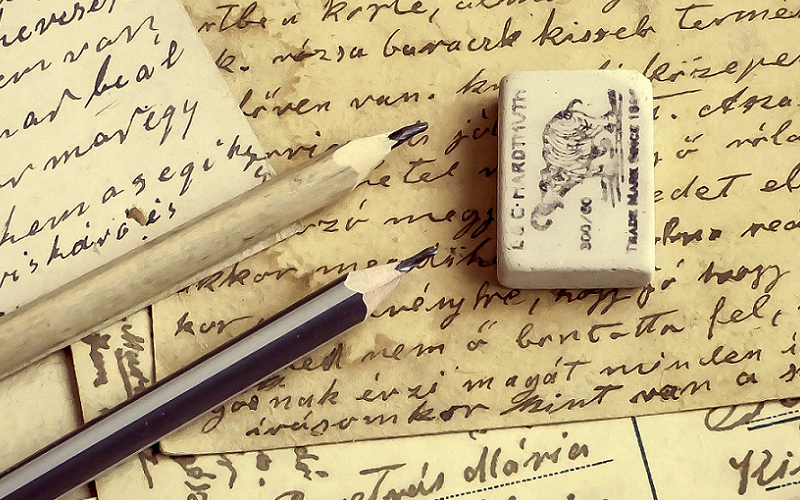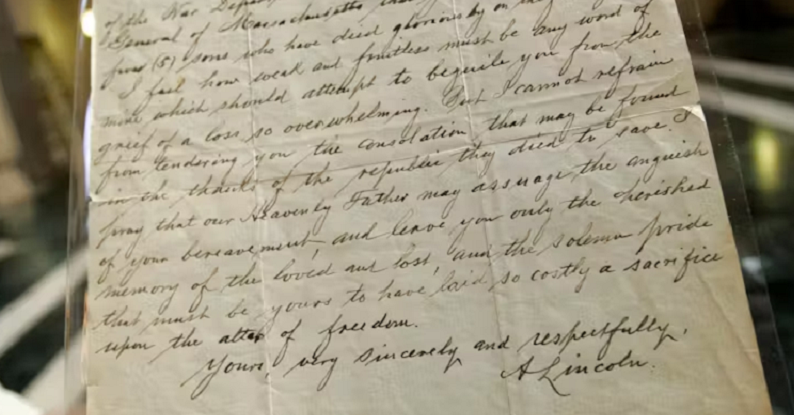
Genealogical research often feels like a treasure hunt, where old documents hold the keys to our past. However, deciphering the cryptic handwriting and obscure symbols in these records can be daunting. Whether you’re staring at a centuries-old will or a faded birth certificate, understanding these texts is crucial for piecing together your family history. Here we explore the art and science of paleography—the study of ancient writing—and provide you with practical tools and techniques to interpret these historical documents effectively.
Contents
Understanding Handwriting and Historical Context
Genealogical documents are not just collections of names and dates; they are deeply influenced by the societal and historical conditions of their times. Interpreting these documents accurately requires a good grasp of the historical context in which they were created.
The Role of Historical Context in Interpreting Documents
Every piece of historical writing is a product of its era. Factors like prevailing education levels, legal requirements, and cultural norms all influence the way information is recorded in genealogical documents. For instance, understanding the laws about land inheritance or marriage during a particular period can provide crucial insights into the family dynamics and societal status reflected in a document.
Examples of How Historical Events Influenced Writing Styles
Historical events often bring about changes in document-keeping practices, which can be observed in the evolution of handwriting styles.
Secretary Hand
Widely used in England from the 16th to the early 18th century, Secretary Hand was a script style popular during a time of increasing bureaucratic documentation. This era saw the rise of extensive record-keeping due to administrative expansions under the Tudors and Stuarts, influencing the use of a script that was somewhat uniform yet often difficult for modern eyes to decipher.
Copperplate
Emerging during the 17th century and reaching its peak in the 18th century, Copperplate handwriting was influenced by the growing international trade and need for precise commercial documentation. This elegant, flowing style reflects the importance of legibility in business transactions and personal correspondences during this period [1].
Italic
As the need for quicker and more efficient writing grew, Italic cursive became popular. It was considered more practical and faster to write than its predecessors, aligning with the increasing pace of communication and the spread of personal literacy during the Renaissance and beyond.
Introduction to Paleography
Paleography, the study of old handwriting, is an essential skill for any genealogist hoping to unlock the historical and familial secrets held within ancient documents.
Definition and Relevance of Paleography in Genealogy
Paleography not only helps genealogists read old documents but also aids in understanding when and how these documents were created. This knowledge can be crucial for accurately placing ancestors in their correct historical and social contexts, providing a clearer picture of their lives.
Common Styles of Handwriting Through the Ages
Historical documents showcase a variety of handwriting styles, each reflecting the times and regions in which they were used. Familiarity with these styles can greatly enhance the accuracy of interpreting old texts.
Secretary Hand
Secretary Hand is characterized by its dense structure and the use of abbreviations, which often pose a challenge to modern readers. Originating in England, it was predominantly used in legal, official, and ecclesiastical documents.
Copperplate
Copperplate is noted for its elegant, fluid script with finely curved letters, making it relatively easier for modern readers to decipher compared to earlier styles. It was commonly used in both formal correspondence and official records.
Italic
Italic script was used across much of Western Europe. Its slanted, joined letters make it faster to write and somewhat easier to read than the more vertical or angular scripts that preceded it [2].

Tools and Resources for Deciphering Handwriting
Deciphering old handwriting and symbols in genealogical documents can be made significantly easier with the right tools and resources.
Digital Tools and Software
Advancements in technology have brought forth a variety of digital tools that can assist genealogists and historians in interpreting old documents. These tools range from software that enhances document readability to apps designed specifically for handwriting recognition.
OCR Technology Adapted for Historical Texts
Optical Character Recognition (OCR) technology has been adapted to handle historical texts, allowing researchers to convert scanned images of old documents into searchable text. This technology is particularly useful for quickly accessing information within large volumes of text.
Handwriting Recognition Apps
Several apps have been developed to help decipher historical handwriting. These apps use machine learning algorithms to recognize and translate old script into modern equivalents, making it easier for researchers to understand the content.
Physical Tools
In addition to digital solutions, traditional physical tools remain indispensable for the detailed examination of historical documents.
Magnifying Glasses and Light Sources
A good magnifying glass can help reveal faint writings and intricate details that are otherwise easy to miss. Combined with a strong, steady light source, these tools are essential for anyone working with original documents [3].
Archival Pens for Annotations
For those who need to make notes directly on copies of archival documents, special archival pens are available. These pens use ink that does not degrade paper over time, ensuring that annotations remain clear and do not contribute to the deterioration of valuable documents.
Step-by-Step Guide to Deciphering Handwriting
Deciphering the handwriting in old genealogical documents can be a meticulous but rewarding process. This step-by-step guide walks you through the essential techniques for reading historical scripts, helping you identify common features and solve typical problems encountered along the way.
Identifying Common Features and Differences
The first step in deciphering old handwriting is to recognize the common features of the script used in the document. Understanding these features can help you distinguish similar-looking letters and words, making transcription more accurate.
Letter Forms
Begin by comparing the shapes and forms of individual letters. Look for distinctive features such as loops, strokes, and the angle of writing, which can vary significantly between different styles of handwriting.
Ligatures and Abbreviations
Many historical documents use ligatures (connected letters) and abbreviations that are not common today. Identifying these can clarify seemingly unfamiliar or confusing words, revealing their actual meaning.
Practical Exercises
Practice is key to mastering the skill of deciphering old handwriting. Here are some practical exercises to enhance your ability to read and interpret historical documents.
Transcribing a Simple Document
Start with a simple document that uses the handwriting style you are studying. Try to transcribe it completely, referring to examples and resources as needed. This exercise will help you become familiar with common word forms and contextual usage [4].
Challenges and Solutions
As you gain more experience, begin working on more challenging documents. Document your difficulties and the strategies you use to overcome them. This could include consulting more specialized resources or seeking advice from experienced paleographers.
Decoding Symbols and Abbreviations Within Handwriting
Symbols and abbreviations are common in old genealogical documents and can serve as critical shortcuts to understanding the context and details within.
Common Symbols Found in Genealogical Documents
Genealogical documents often contain a variety of symbols that have specific meanings. These can include everything from heraldic crests to shorthand symbols used by clerks and scribes to denote certain statuses or characteristics.
Reading and Interpreting Abbreviations
Abbreviations are frequently used in historical documents to save space and effort. Recognizing these can be key to understanding the document in full.
Latin and Local Language Abbreviations
Many historical documents, especially legal and church records, contain Latin abbreviations. Knowing these, along with common abbreviations in the local language of the document, can unlock significant amounts of information.
Symbolic Representations of Names and Places
Names and places were often abbreviated to a few key letters or represented symbolically. Recognizing these patterns can help you identify the individuals and locations discussed in the document.
References
[1] Simple Tips For Reading Old Handwriting in Genealogy Documents
[2] Article On Deciphering Old Handwriting
[3] Deciphering Old Handwriting: Paleography Strategies and Tips
[4] The People Transcription Project

